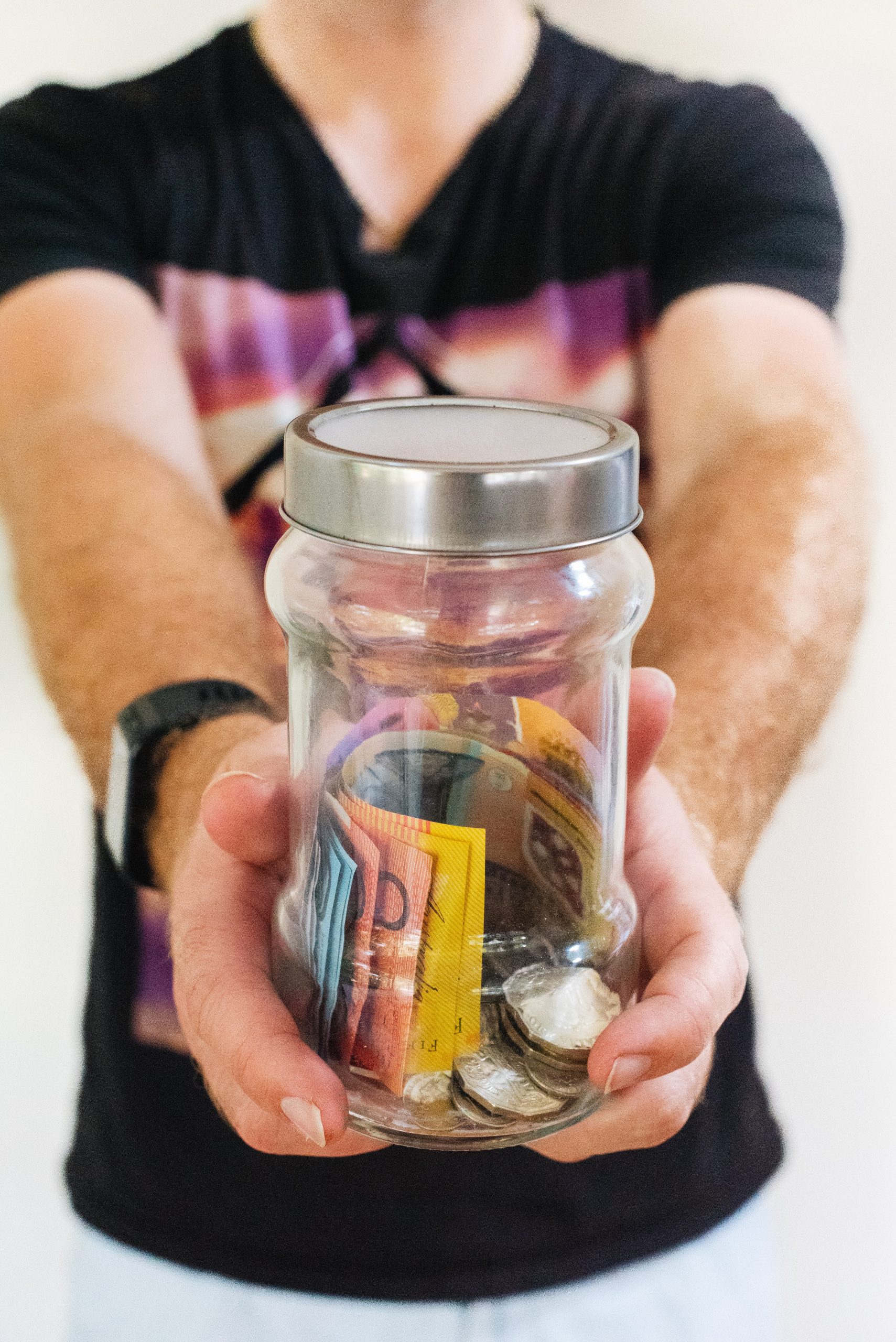Everyone that has ever used the internet has probably come across scams trying to steal our data and/or money. Whilst many are confident that they could spot scams when they see them, many others lack the knowledge and experience required to identify them. In addition, as technology develops (for example AI technology), scams are becoming more sophisticated, and easier to fall for. The British financial institution UK Finance found in a new analysis that 2/3 of all APP scams (where a scammer tricks someone into approving a transaction) originated online, and 3/4 of those on social media. Our persistent shift online means those, and numerous other scams facilitated by social media platforms, have increased in number and severity. But, with little financial incentive to stop them, social media platforms leave victims and banks to pick up the pieces.
This post is mostly going to focus on the UK because that’s where my knowledge base lies, but we can assume that similar situations are occurring all over the world.
How are people getting scammed?
You can find a variety of scams on social media. Most of them are APP (authorised push payment) scams, as opposed to unauthorised fraud. Unauthorised fraud refers to theft using stolen bank cards, bank details, identity, etc. The key difference is victims of unauthorised fraud have legal protections, whereas it’s more complicated for victims of APP scams. Even worse, APP scams will often manipulate human kindness and emotion to steal money. This can leave the victim both financially and mentally destitute. Some examples you’ve maybe heard of are:
- Romance Scams: Scammers will form romantic relationships, often with vulnerable people, and manipulate them into sending them money. They’ll often start small, but their requests will grow and grow as the victim feels closer to them. The scammer will eventually disappear with the money and leave their victim a wreck.
- Charity Scams: Often these will occur around major world disasters, such as the invasion of Ukraine or the Turkey-Syria earthquake. By playing on people’s desire to help, scammers will pretend to be charitable causes on social media and take donations for themselves.
- Impersonation Scams: Scammers will impersonate friends or family members of the victim, most often on social media or messaging apps. They will request money from the victim, often using an emergency situation as a pretense.
Some quick examples of unauthorised fraud found on social media are:
- Phishing: Victims unwittingly click on a link on from a message, post or e-mail that results in malware being downloaded onto their device. Or, they’re sent to duped websites that steal their log-in details.
- Quizzes: Millenials will remember the era of the Buzzfeed quiz. Similar personality quizzes created by scammers are spread around social media, to discover information that could answer security questions on, for example, bank accounts.
- Oversharing: Posting too many details about your life on social media, with weak privacy settings, can put you at risk of indentity theft by scammers. The more you put online, the easier to impersonate.

Why don’t Social Media platforms do anything about it?
Social media companies have, so far, not been legally obliged to reimburse victims of scams originating on their platforms. They only feature some have provided to combat scams is the ability for users to report fraudulent content they see. The obvious flaw is that this isn’t going to help users who can’t identify scams as such.
UK bankers have called for this to change, with the boss of UK Finance, David Postings, shaming companies for profiting from fraudulent adverts scammers pay to show on their platforms. Last year, banks prevented £1.2bn of fraud thanks to investigations by their fraud departments. However, a further £1.2bn was still lost to scams. Banks and social media companies can have a greater impact if they work together to prevent scams. Investigating these crimes and reimbursing victims is going to be pricey, and social media platforms aren’t going to do it unless the law forces them to.
Can anything be done to combat scams on Social Media?
I’ve mentioned the UK’s new Online Safety Bill before, focusing on its aim of protecting children from harm. This bill requires platforms hosting user generated content (social media) to have a “duty-of-care” to protect users from fraud. They must remove user content created to defraud others, as well as “pre-paid fraudulent adverts appearing on their services”. Unfortunately, the bill doesn’t go as far as to require these companies to reimburse victims in the event that they do fall prey to fraudsters on their platforms.
Prevention is the best strategy in cases of scams. Education on how to spot scams and remain safe using the internet is essential. Many schools teach internet safety, but it’s important to teach everyone about this, not just young people. Older generations didn’t grow up as ‘digital natives’. They may not have the experience of a life spent online to be able to spot scams and fraudulent activity. Making sure privacy settings on social media accounts are strong, not oversharing, not interacting with people you don’t know, etc., are all important ways to keep scammers away.
However, the most obvious solution is just to get off Social Media.
Many people pour their lives onto social media. It can be easy to find out, for example, where you live, who your friends and family are, your financial status, the name of your first pet. Even if your social media use is light, you will always be giving up some element of privacy by using it. Wouldn’t we all be safer if we just distanced ourselves from it? The world will always be full of people trying to scam money out of you, but we needn’t make it so easy for them.
LifeBonder exists to reverse the damage that lives spent on social media has caused. By encouraging people to make bonds offline, LifeBonder aims to get people living in reality again. The more we shift to living in the metaverse, the more scammers will target us online. New AI technology can mimic voices, create false images and videos of individuals, and compile information in a second. Fraudsters will soon have this at their disposal, and there’s not much we can do about it. Before this happens, we need to embrace living in the mesaverse once more.



